6 Tips on How to Personalise your Ecommerce Business
- By Ryan Sri
- •
- 16 Nov, 2017
- •
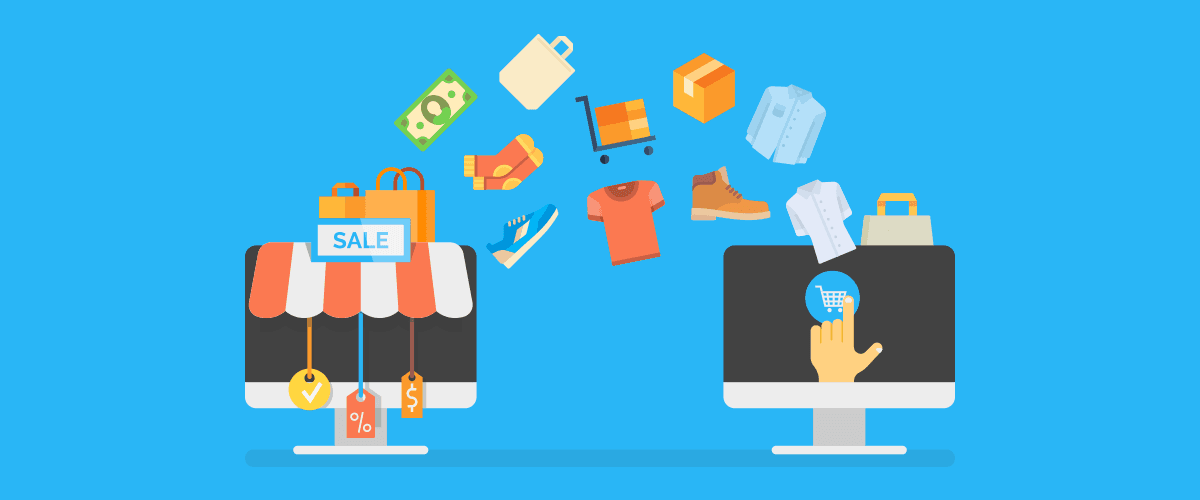

The ecommerce industry is almost saturated with numerous players selling different products ranging from frocks to frostings, shoes to shampoos, clutches to cloches and so on. Then, how can you manage to survive this rat race and claim yourself worthy of winning customers? Have you heard of Personalisation? That’s exactly what we are talking about. Have you wondered how every time you walk into your regular coffee shop, the waiter there, remembers your choice of coffee along with the amount of sugar and milk in it? Such personalised moments have been expanded to the digital world and is taking over the ecommerce business. Yes, we are talking about adding a personal and emotional connect with your target audience through your website. Don’t believe us? Read on to find out for yourself, the secrets of applying personalisation to your site.
Just imagine what would it be like if you could add the following elements on your website, in order to make the journey of your visitors, leads and customers as special as they are themselves. Don’t believe us? Take a look at some of these personalisation features that could simply be added as a plugin to customise user experience on your site.
- Customized Facebook notification to visitors who have read at least 3 pages on your site.
- Newsletter popup to returning visitors on your site, who have not signed up for the same previously.
- Countdown for an upcoming event to promote the same to visitors who land on your site a few days before the event.
- Showcase a promotional popup to visitors who try to exit your site by trying to close your window.
- Special effects and sale offers on occasions and holidays like Halloween, Christmas, New Year etc.
- If a user has browsed more than 3 pages on your site, display a message that reads “Didn’t find what you were looking for? Contact Us to find your answers!”
These are just a few examples of how you can enhance your user's experience on the website and entice them to make higher purchases.
Here are some interesting facts about how visitors respond to ecommerce personalisation.
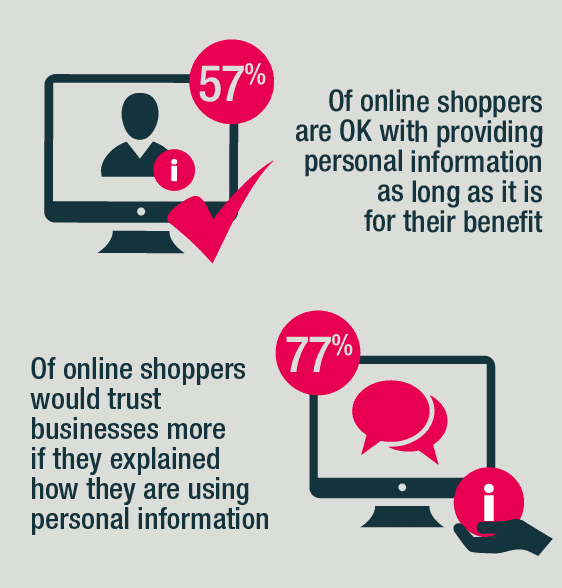
Why do you need personalisation on your website?
- Higher Conversion Rates
- Higher Revenue
- Higher User Retention
How do you bring about the human touch in your online venture?
Let us discuss a few scenarios where you could employ website personalisation to make your buyer's’ journey pleasurable and worthwhile.
1. Target local crowd using geographical parameters
Just assume that you are a restaurant owner and you are able to capture data of people around your eatery. What could you do with all that data in hand?
- How about providing discounts to people in your vicinity through the mobile applications they are browsing or simply by SMS?
- Or, you could also announce “Happy Hours” at a time when you see a good chunk of your target audience near your restaurant.
OpenTable takes this kind of personalisation to a whole new level by virtually making an impression on your minds. In this case, the restaurant booking application goes on to urge its customers to post reviews of their last visited restaurant, by presenting a brief summary of their meal and time spent at the eatery. How would you not feel like responding to something so customised?
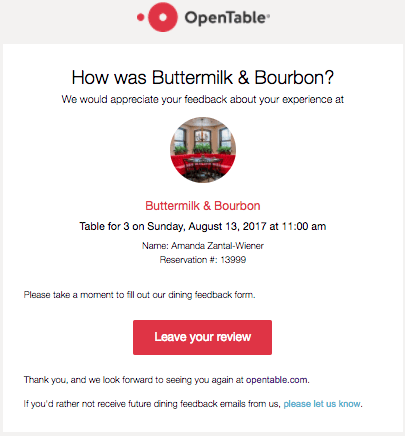
It is always easier to entice existing customers rather than capturing new ones. Capitalise this fact and announce interesting loyalty programs for top customers. Make them feel special about being associated with your brand and they can vouch for your brand in return. This is one of the best modes of marketing - Word-of-mouth!
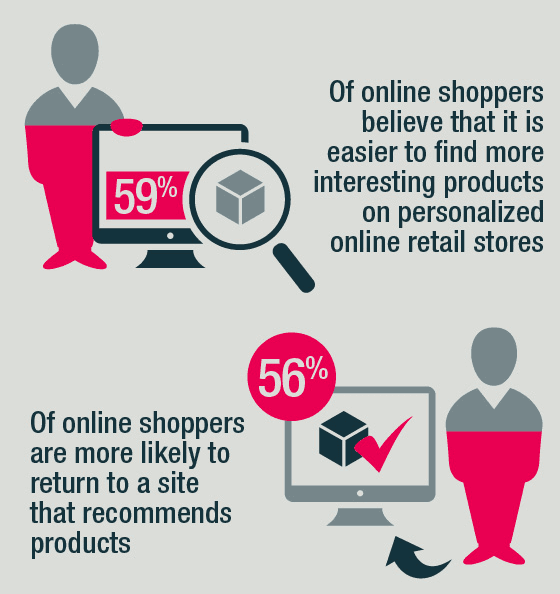
3. Personalise your Email Communication
The below image very clearly tells you how important it is to target your potential leads and existing customers through email marketing. Here are a few ideas to establish a human touch in your email communication:
- Address your audience using their first name in the Subject line as well as in the Greeting section of your email body.
- Categorise your subscriber list depending on personal information like birthday, location, occupation etc.
- Test the impact of calls to action (CTAs) using A/B testing and other principles.
- Follow uniformity and consistency in the tone of your communication.
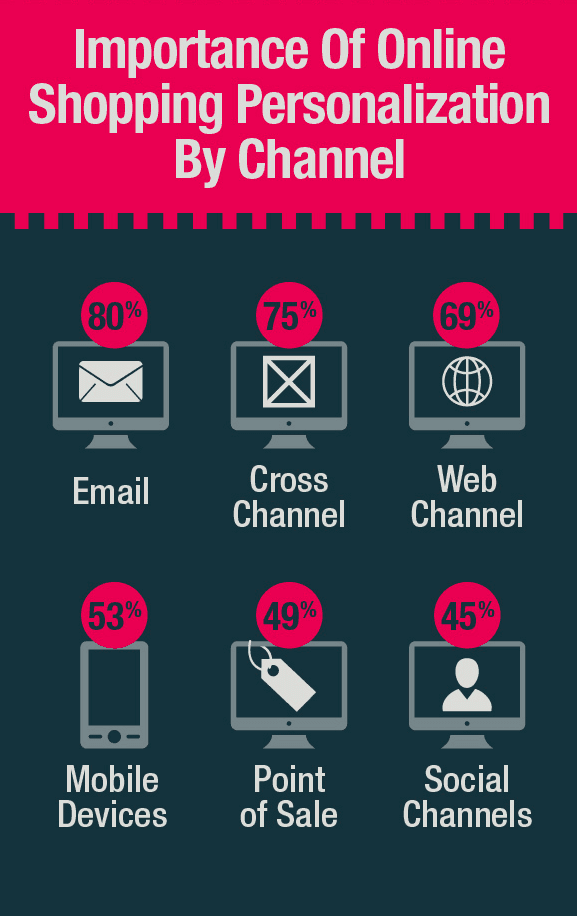
Imagine a situation where your potential lead is looking for an answer on your site and he/she doesn’t know how to go about finding the appropriate solution. You may be miles away from your real audience. Bridge that gap with a Live Chat facility. Construct a window for your brand to talk to your customers and leads. You may either use a simple plugin for this purpose, or even subscribe to a tool that offers this service for your website. Here’s a great example of how you can add that real touch to the way you and your audience communicate.
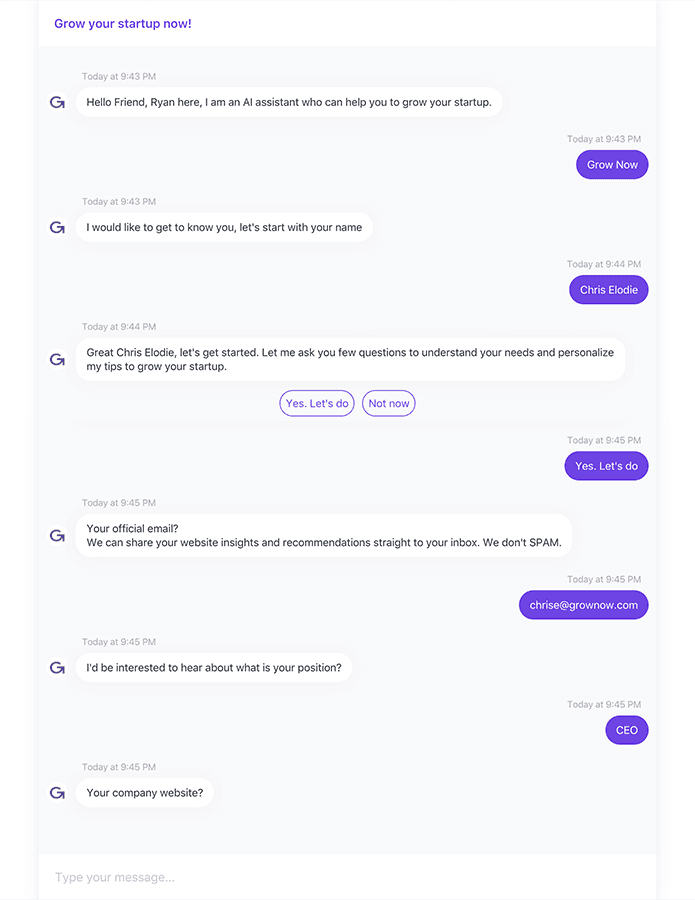
5. Make your website responsive
Everyone is going mobile today. We use our smartphones and tablets on the go, to purchase a dress, to book a movie, to hire a cab, or to even purchase our dream home. In that case, how can you not add personalised elements to your mobile site or the same version on a tablet? Ensure that you make your website personalisation responsive.
6. Personalise your Social Media accounts
Social media is the best place to establish direct contact with your audience. It is a platform for you to reach out to maximum people as well as to listen to the feedback that people have for your brand. Based on history of searches, interests and other demographics, you can recommend personalised products to your audience. Here’s a really nice way of saying of subtly suggesting to like a page based on your friends’ interests. You may use this angle as well to promote your brand.
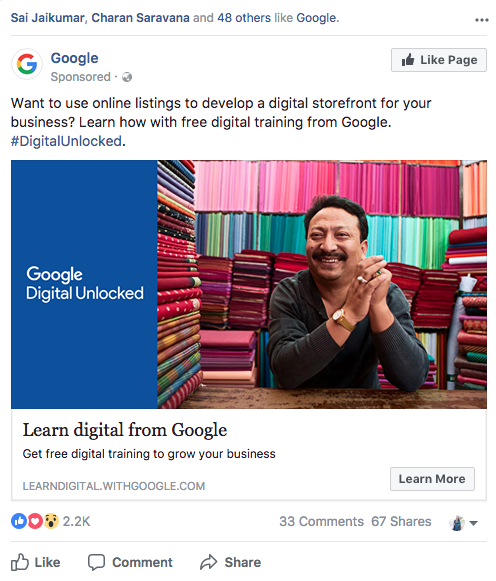
We’ve tried to bring out the best of personalisation through this article. We would love to share many more experiences and scenarios on this topic with you. Write to us if you would not mind us sharing a few more insightful tips on how to accelerate your ecommerce business in this supremely competitive industry.
Additionally, for the next article, we were planning on writing about social media as a powerful tool to grow your startup along with a few tips from our ongoing projects. Let us know if you’d be interested in reading about it. If you have better suggestions for a topic that you would want us to share our thoughts on, please mention your recommendations in the Comments below.


